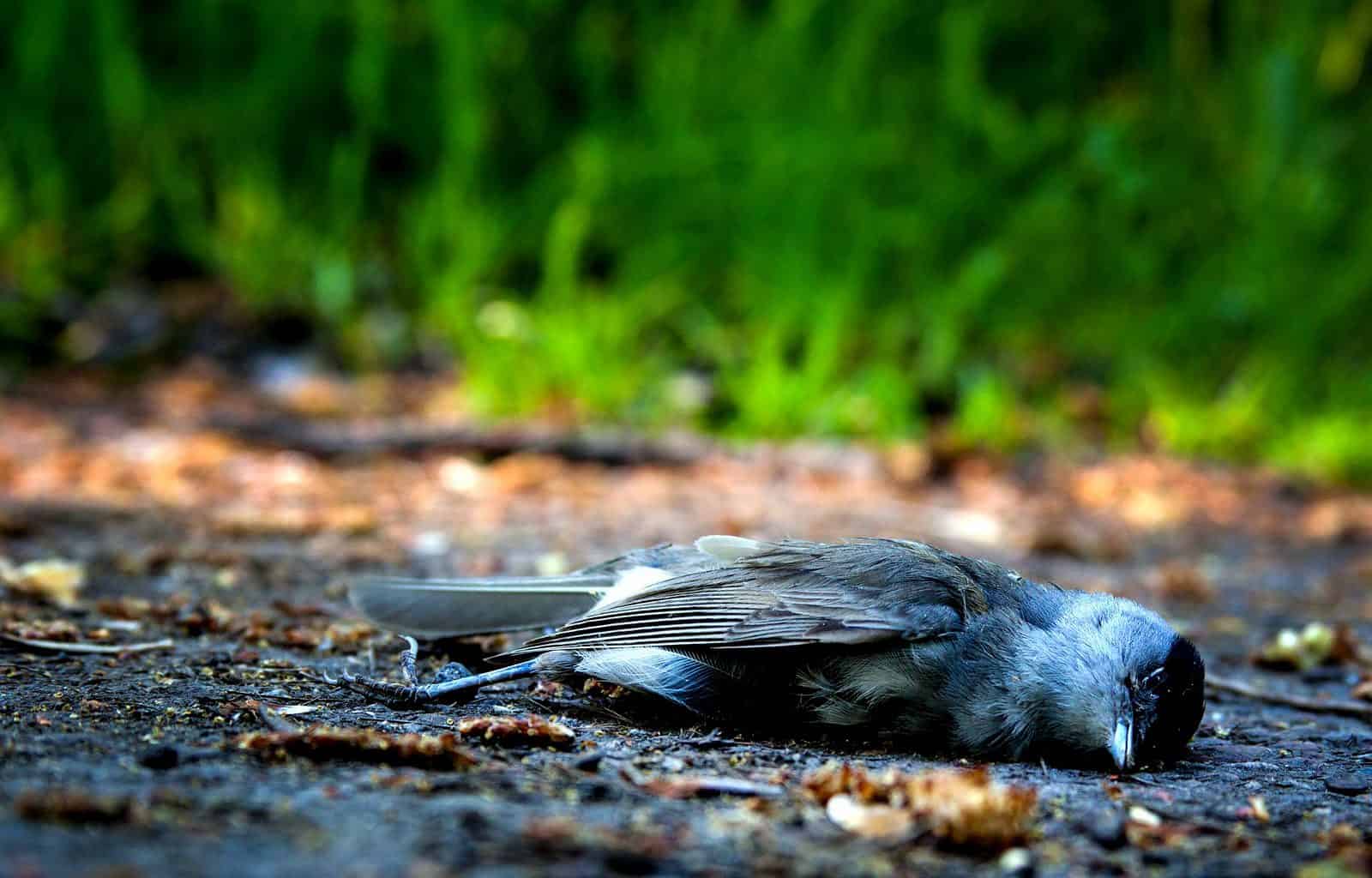To cull or not to cull?
Letting nature be nature (Natur Natur sein lassen) is a key principle of German National Parks. At first glance, this principle espouses the concept of non-intervention, with minimal human influence. Diverse influences from wild animals affect nature, helping regulate ecosystems naturally. This is particularly true of those animals higher up in the food chain such as large carnivores; they play a key role in maintaining a stable ecosystem. However, the National Natural Landscapes (Nationale Naturlandschaften), an umbrella organisation for German protected areas, has proposed a game management strategy that would allow managers to cull certain species in German National Parks. How much does this game management plan let nature still be nature?
Please also read: Germany fails to meet Wilderness targets
When are natural factors not sufficient?
According to the National Natural Landscapes, the priority should be to firstly let nature take it course. Nature itself has many self-regulating processes, that function perfectly well without any intervention. However, due to the influence of humans, there are high populations of certain animals that stand in the way of the protection of natural dynamics in national parks. They end up fundamentally influencing the ecological community. From the point of view of National Natural Landscapes, many species, such as racoons, foxes, cats and brown rats, are too numerous in German protected areas. As a result, predation levels on protected species reach a level higher than the sustainable limit.
The National Natural Landscapes argue that game management is acceptable when natural regulation factors are not sufficient. They claim that the protection of endangered and ecosystem typical species requires the human regulation of predators. If they are left unregulated, they can permanently change key processes in the ecosystem.
Intervention is supposedly justified when natural regulatory factors do not have sufficient impact. Game management is permitted when it helps mitigate dangerous impacts within protected areas or to fulfil other legal obligations. These legal obligations include National Park goals. These include making it possible for natural forest stands and other natural habitats to thrive and to protect against immediate danger i.e. avalanche, erosion and zoonotic disease protection. Negative boundary effects from an overpopulation of animals also impact the bordering cultural landscape. This causes sometimes unjustifiable negative effects on such areas, which have a higher potential to directly impact human life.
Culling process
The position paper states ,that hunting and other use of wild animals in areas bordering National Parks should only occur in support of the National Parks’ protection goals. In general, protected area managers should only intervene and use game management as a last resort when all other strategies have failed. When culling does take place, it is to be restricted as much as possible, both temporally and areally. The procedure should also take place outside the most critical times for the animals. Examples highlighted by the paper include the mating, carrying and hibernating periods. This puts vital limits on the scope of the activity, making sure that culling does not predominate the discussion regarding the management of protected areas.
The position paper also covers the organisation of stakeholders in this procedure. Those directly responsible for the culling, must receive regular education on topics specific to the National Park and make sure that they are using the appropriate culling methods. Subsequently, they must annually prove their readiness to participate in game management activities. This is to make sure that the people responsible for the culling are up-to-date with the current situation in the National Parks, allowing for the sensitive application of game management. In addition, it is crucial that other interest groups involve themselves in the process. Land owners, hunting organisations and other stakeholders are encouraged to cooperate and engage in dialogue with the National Parks regarding game management in the protected areas. Consequently, this would enable a smoother and a better informed execution of culling activities when they take place.
Low quality nature
With the need to enact culling measures, this implies that the capacity of nature in Germany is not adequate. Healthy ecosystems should have the ability to self-regulate through dynamic processes at all levels. The fact there are even discussions around this topic in Germany is representative of a deeper problem with German nature.
Human intervention in the past has led to a deterioration in the ability of nature to carry out its functions, sometimes requiring further human intervention to protect cherished values and species that once survived without struggle in an undisturbed ecosystem. Trying to preserve species in an ecosystem which is missing many elements is simply not sustainable. The return of large carnivores to Europe has the potential to change this. To this end, society should let nature return to a level where it can be self-resilient and flourish alone. Then, nature can truly be nature.







